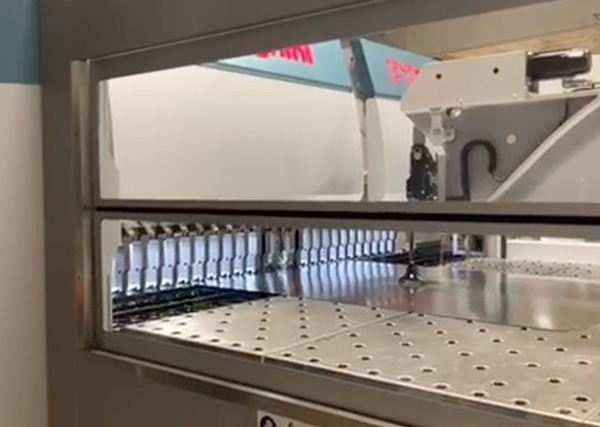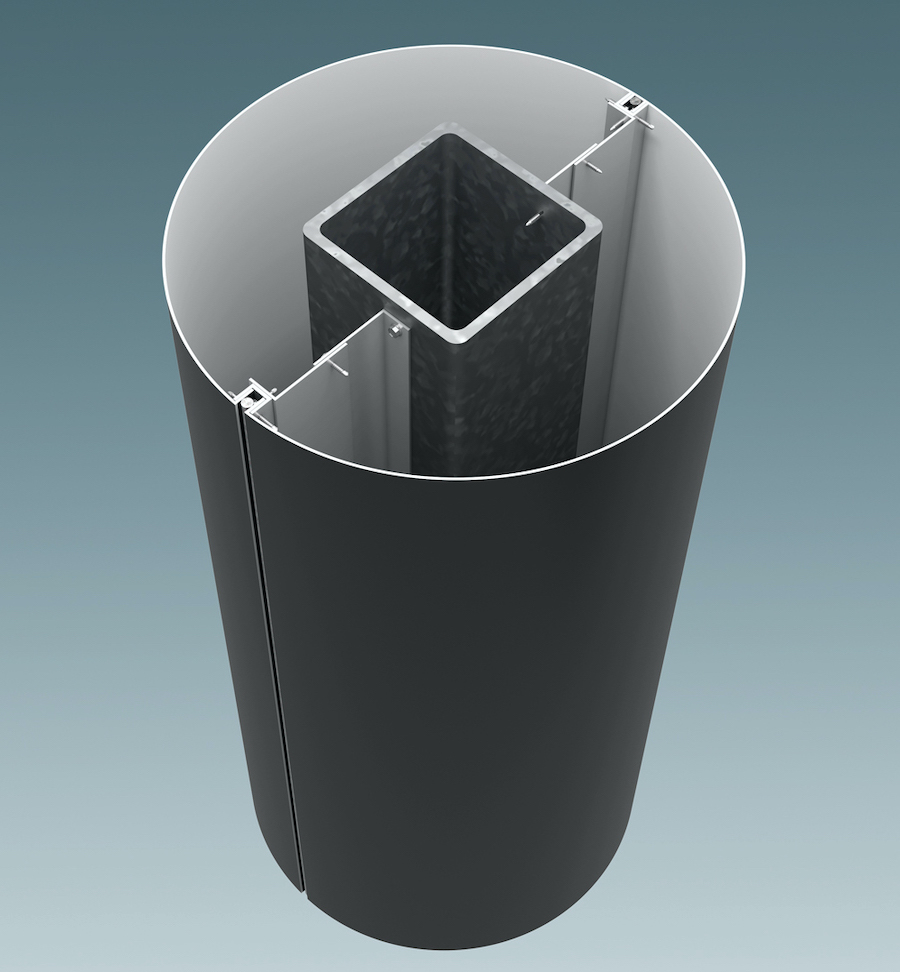New Webinar: The Future of Exterior Facades: How Modular Panel Systems and Technology are Revolutionizing the Metal Panel Industry
Join us in this one-hour course as we discuss Modular Panel Systems (MPS) as they relate to the demand for utility and performance in exterior cladding selections. After this course, participants will have mastered expertise in MPS including sustainability measures, pressure equalized rainscreens and design aesthetics as well as the advantages tailored for architectural specification.
How Porsche’s Global Dealership Branding Redefines Luxury Experiences - and Why Fabricators Matter
Porsche’s decision to standardize its dealership branding worldwide is a masterclass in how companies can elevate brand perception and deliver a consistent, immersive customer experience. Beyond the sleek cars and cutting-edge technology, this move underscores a deeper shift: brands are no longer just selling products—they’re curating entire experiences. And at the heart of these experiences lies an often-overlooked element: the fabricator.
Why Fire Compliance Standards Matter: Understanding NFPA 285 in Architectural Design
In modern architectural design, ensuring fire safety is not just a best practice—it’s a mandate. With evolving building codes and increasing concerns over combustible materials in high-rise and commercial construction, NFPA 285 compliance has become a crucial benchmark for exterior wall assemblies. But what does this standard entail, and why does it matter?
Lord of Hosts Church Serves As Culmination of Religious Architecture’s Development
Religious architecture, or sacred architecture, deals with the design of a place of worship. Throughout time, many different cultures and societies have dedicated space and resources to places of worship, resulting in the construction of some of the world’s most notable buildings. Though the core purpose of these buildings has remained the same, the design needs around the architecture is evolving.
2025 Facades: Bold, Sustainable, and Smart Design Trends
Façade design in 2025 is shaping up to be a game-changer for architecture and construction, where sustainability, cutting-edge technology, and bold aesthetics converge. As the industry continues to address environmental challenges and adapt to new advancements, building façades are evolving into more than just enclosures—they’re becoming the defining element of modern structures. Here’s a glimpse into the trends that we think will dominate façade design in 2025.





.png)
